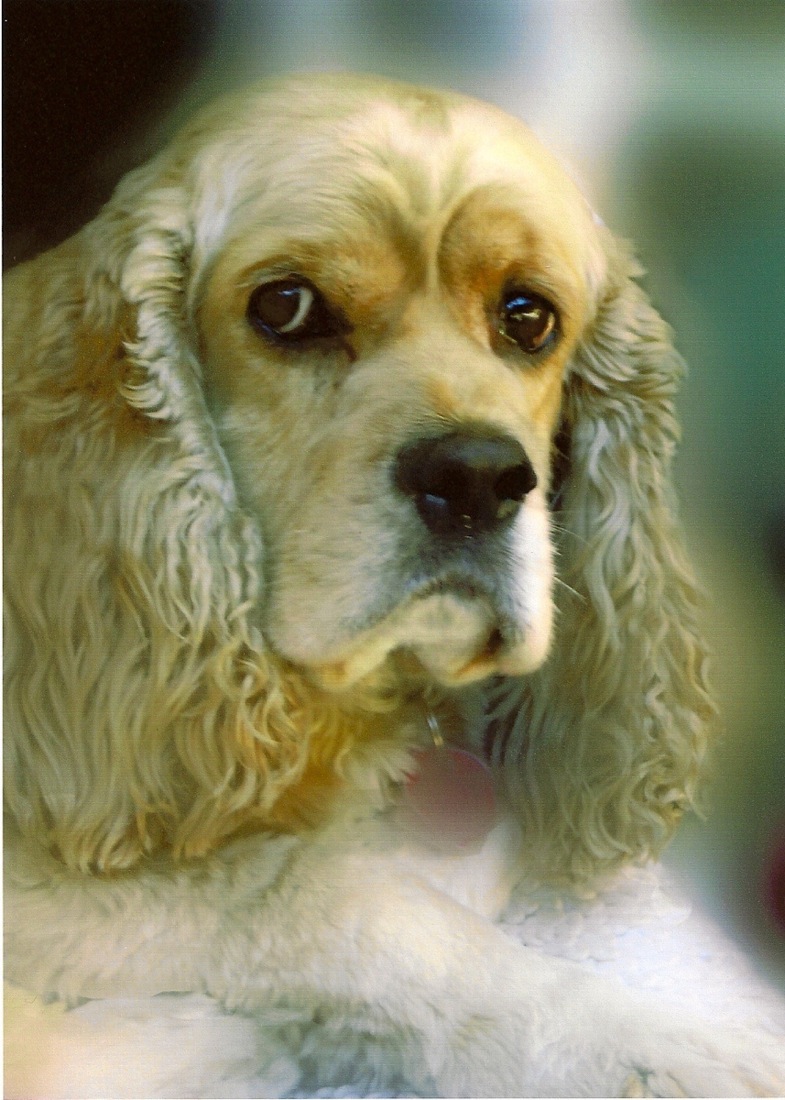
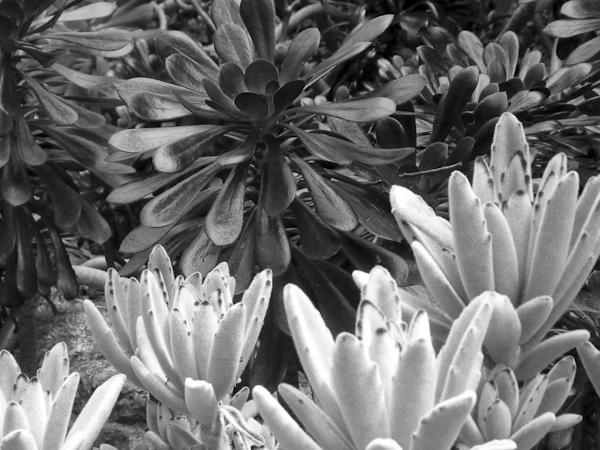
Photo/Illustration: Billy Goodnick
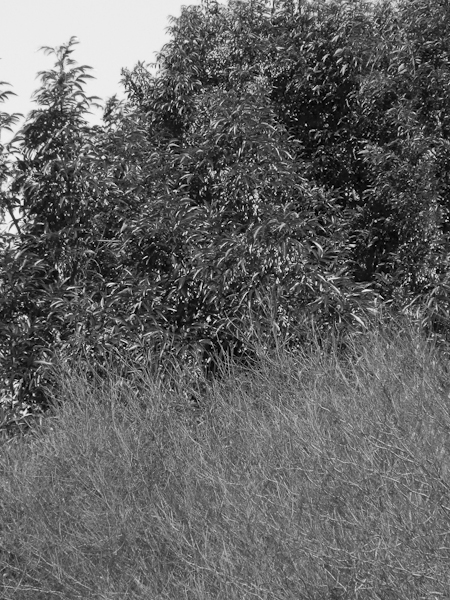
Photo/Illustration: Billy Goodnick
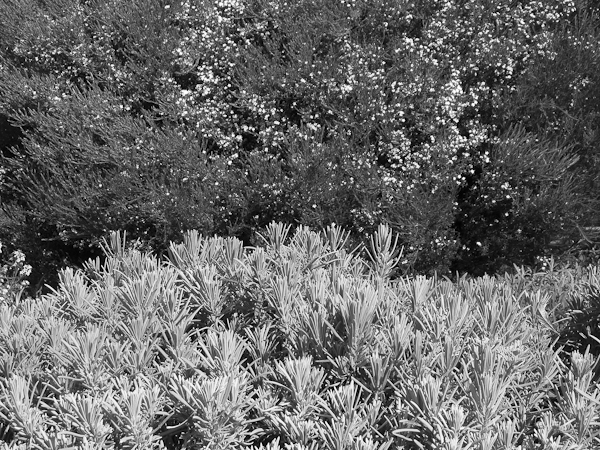
Photo/Illustration: Billy Goodnick
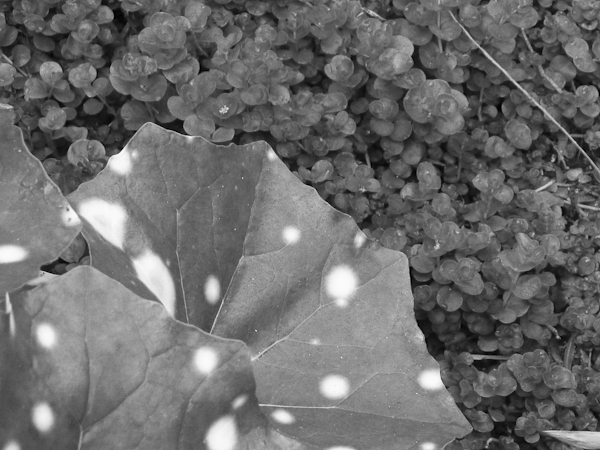
Photo/Illustration: Billy Goodnick
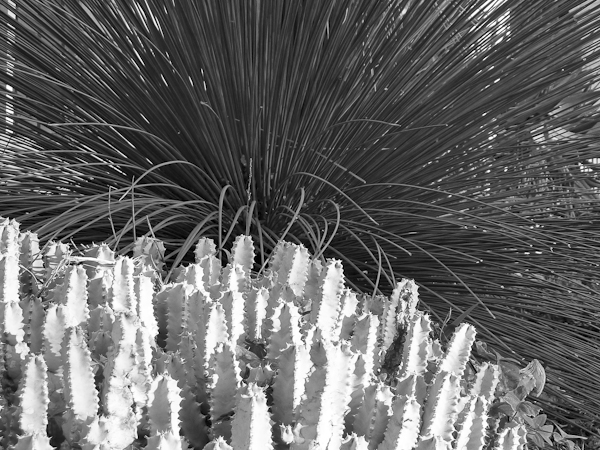
Photo/Illustration: Billy Goodnick
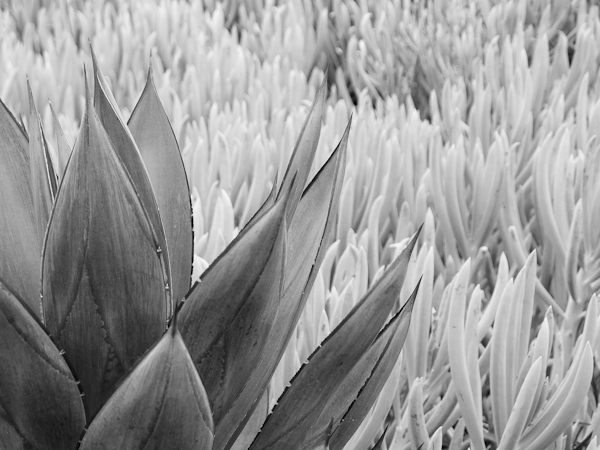
Photo/Illustration: Billy Goodnick


Photo/Illustration: Billy Goodnick

Photo/Illustration: Billy Goodnick

Photo/Illustration: Billy Goodnick

Photo/Illustration: Billy Goodnick

Photo/Illustration: Billy Goodnick

Photo/Illustration: Billy Goodnick
Guess what? Dogs aren’t actually colorblind; they just have a lot less chromatic sensitivity than humans. That’s why I don’t let Biff the Wonder Spaniel pick my outfits. On the other hand, he might have a leg up on me (dog pun) when it comes to designing gardens.
When I start a new design, I picture the plants the same way Biff probably sees them. I imagine they will never bloom—that I’ll have to rely on something other than floral color for interest. I select and combine plants using all their other visual qualities—the silhouette of the plant, its foliage shape, leaf size, density and surface texture, for example. The flowers ice the cake.
So I got to thinking. What if Biff took after his old man and created a garden blog for dogs? How would he describe the two most fundamental design principles that dogs and their bipedal slaves should master?
The “big two” are harmony and contrast. We use harmony when we combine plants that share one or more characteristic, and contrast when there are obvious differences. Select too many harmonious elements and your garden might start you snoring, whereas too many contrasting elements could send you reaching for the Dramamine.
Don Your Doggie Spectacles
I’ve changed the following pictures to grayscale to emphasize their forms and textures. As you look at the images, notice the shape and thickness of the leaves, the relative lightness or darkness of each plant, and the overall form, sometimes called its architecture—mounding, arching, weeping, spiky, upright, etc.
 |
This pairing of Aeonium (back) and Cotyledon (front) is a good place to start. The two plants share similarly shaped leaves that radiate in a rosette form, a simple way to create harmony. On the other side of the scale, the relative darkness and lightness of the leaves, combined with the subtle difference in thickness and angle of the foliage, provide enough contrast to make things interesting.
 |
There’s something restful and soft about placing fine-textured, light-colored plants in front of dense, dark backdrops. The simple contrast of the delicate twigs of palo verde (Parkinsonia aculeata) and the dense backdrop of shamel ash (Fraxinus uhdei — a monster in SoCal, so don’t try this at home) can be produced at a smaller scale by planting ornamental grasses in front of dense shrubs. The density of the canopies and their soft, cloudlike forms supply a touch of harmony. |
 |
Vocabulary brainstorm! Here’s my list of adjectives that describe the lavender (Lavandula X intermedia ‘Provence’) in front: “mounding”, “light-colored”, “dense”, “springy”, “stiff”, “vertical”, “small-leaved”. The pink breath of heaven (Coleonema pulchrum) in the background shares a mounding form and is also dense, but the leaves are much darker and of a finer texture.
So far, these combos have all been more similar than different. Let’s flip that around.
 |
The leopard plant (Farfugium japonicum ‘Aureo-maculata’) looks like an enormous beach umbrella hovering over the tiny ground cover of moneywort (Lysimachia nummularia). Contrast abounds! Giant vs. teeny-weeny, speckled vs. solid, light vs. dark, yet each has a rounded edge that marries them.
 |
Now if this don’t knock your socks off… Try your own vocabulary brainstorm. Grab a pad and pencil. I’ll wait…
Did you write “spiky”, “fine”, “explosive”, “dark”, “radial”, “smooth”, maybe even “optical fiber” for the Mexican grass tree (Dasylirion longissimum) in the back? Perhaps “chunky”, “vertical”, “rough”, “ghostly”, or “geometric” for the Euphorbia resinifera?
I think you’ve got it!
 |
This last pic is the stuff that floats my boat. Notice how the leaves of the Agave ‘Blue Glow’ are held at the same angle as the blue chalk fingers (Senecio mandraliscae). Each plant has a strong vertical line, though the agave reaches out more broadly. A light background sets off the softly embossed, fleshy agave, highlighting the crisp edges of the plump leaves. They just seem to make sense together.
Do It Yourself
If you have digital pictures of gardens you like, you can try this at home with just a little technical knowledge. All digital photography software has a setting that change images from color to grayscale. Try this exercise with a few of your favorite photos and see if you can find the “deep design” that comes from a working knowledge of these principles.
In the meantime, I’ll be helping Biff get his blog started. I’m thinking we might need to install a voice dictation program on his laptop. Seems our three-year experiment with Mavis Beacon Teaches Typing software has been a bust.

















Comments
Emma, my garden advisor (https://www.finegardening.com/profile/KariLonning) wanted me to add that paths and overall structure could be added to dog and people friendly consideration. Using the grey-scale technique or photographing the garden in winter can add useful information on these as well. When Biff gets his blog up, Emma would like to be notified.
Sandy(golden), Bea(yellow lab) and Buddy (border collie) do appreciate form and texture. However, on a hot sunny day when their human is gardening, they prefer to (a) lay in the hole before the plant (b) lay on a hosta or whichever bushy plant is nearby (c) chase the rabbits, birds, butterflies or each other through the flower beds. This has led to several hundred feet of green coated chicken wire enclosing the backyard flower beds. It actually doesn't look bad right now when all the plants are lush. I left them the water garden with a wooden bridge so they can toad gig to their hearts content! Perhaps Biff can email some garden etiquette?
Mr. Mocha seconds Emma's suggestion.
His person, moi, thinks this may be the best article ever.
Blue the husky (https://www.finegardening.com/item/5902/am-i-blue) loves the outdoors but isn't really into the formalities of garden design. As long as there's something to pee on and roll in, he's a happy boy. He's especially pleased when he can nibble the ripening blackberries and blueberries.
I second the thoughts about garden paths being a very important factor for dogs! Although we don't have any dogs ourselves, our cats would love to hear from any of Biff's feline friends about shady spots they might like in a garden. They also asked me to write about how to lure birds and lizards in for their taking, but that's a bit too much to ask, I'm sure! :-)
Thank you to Billy Goodnick and https://www.finegardening.com for an insight into how my best friends view my garden!
I have two small Bichon Frises who love spending a lot of time in my backyard! Being a new house without a garden, I would find that they would spend most of their time in the sweltering heat on deck. But ever since I have planted a combination of goatsbeard, golden weeping hearts and some "annabelle" hydrangeas (which I might add are on the toxic to dogs list of the ASPCA) .. they spend a lot of their time in the shade of these trees or atleast close to them!
I agree that plants, trees and shrubs not just reduce the temperature on hot days but also allow our "best friends" to enjoy the beauty of an otherwise dull and boring backyard!
Log in or create an account to post a comment.
Sign up Log in